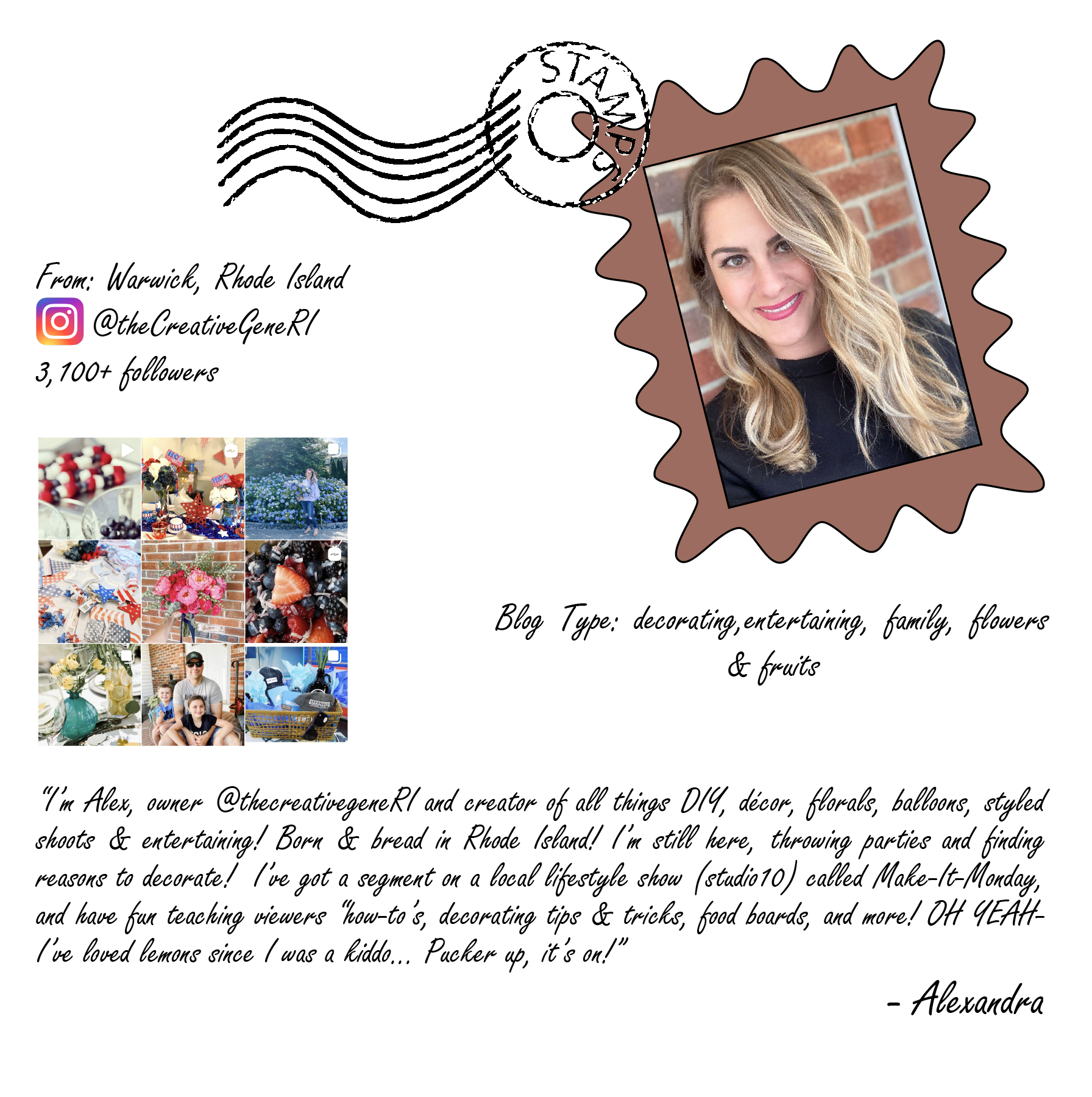A 2019 study published in the journal Oxidative Medicine and Cellular Longevity points toward the carotenoid content in Cara Cara oranges – the compound that gives them their luscious pink hue – as the possible reason for the neuroprotective properties that were observed.
The researchers observed the differences between Cara Cara oranges and the common navel orange it originated from. They noted that Cara Cara oranges have “a significantly higher and diversified carotenoid content” which included several different compounds:
• Lycopene
• All-E-β-carotene
• Phytoene
• & othersThe study compared the results of Cara Cara oranges with navel oranges, using ring worms as test subjects. The results clearly favored Cara Cara oranges over ordinary navels in the areas of concern.
- The subject’s survival rate increased under normal conditions as well as those where there was oxidative stress, showing antioxidant activity;
- The body paralysis that is caused by β-amyloid peptide was delayed.
This results was observed with both types of juice.
• However, the rates were “significantly higher” with the subjects treated with Cara Cara juice.Since the oranges were obviously so similar in other respects, the researchers had a clear idea of what was in play.
• Specifically, they theorized that the rich carotenoid content of Cara Cara oranges was responsible for the differences.
• The carotenoids protect cells against the effects of oxidative stress and β-amyloid toxicity – a key feature of Alzheimer’s disease. The study adds to a body of research looking into the uses for carotenoids in treating and helping to prevent neurodegenerative disorders, including Alzheimer’s disease. In their conclusion, the researchers write:
“Noteworthy, the treatment with the two juice types produced excellent results; however, ‘Cara Cara’ juice induced significantly better responses than ‘Bahia’ juice did in almost all experiments, possibly due to its higher content of carotenoids such as Z-violaxanthin, zeaxanthin, phytoene, phytofluene, lycopene, and β-carotene.”



